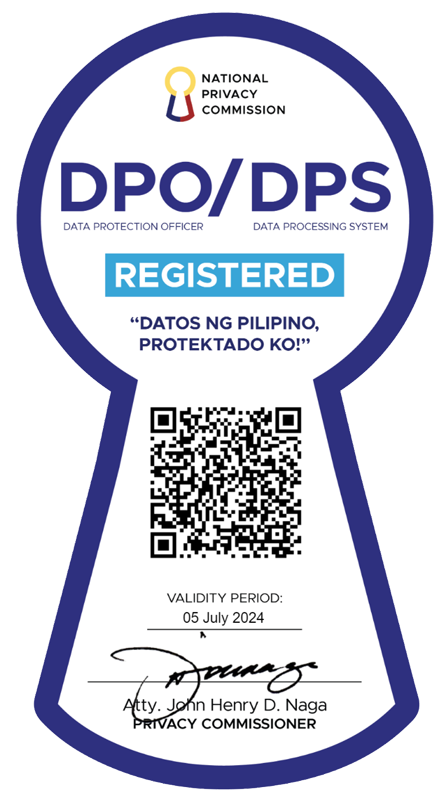Filtered by: Scitech
SciTech
Diminutive netbook sends large ripples on digital pond
MANILA, Philippines - Most new products that come out to revolutionize the information technology market are state-of-the-art devices that are oftentimes too expensive for the ordinary person. But the small, light and inexpensive subnotebook or "netbook" has changed the computer market more than anyone ever thought it could. The term netbook was coined by Psion in 1999 as a generic term for small form-factor portable computers with a laptop-like clamshell design and sufficient processing power for Internet and other core computing functions such as word processing. The Psion Netbook was a small line of netbooks that ran a custom version of Psion’s Epoc Operating System and later WinCE. Due to their narrow target market, high cost and nonstandard operating system, Psion Netbooks never gained significant market share and their production was discontinued. In October last year, Taiwan-based computer maker Asus introduced the Eee PC to the laptop computer market. Internet tasks such as sending E-mails and streaming videos, the seven-inch screen computer aimed to tap a niche market composed of students and first-time computer users on a tight budget. Just a year after the Eee PC was introduced, netbooks, which typically come with a seven-inch to 10-inch screens, have become more than just a niche. Since last year, almost every computer manufacturer has come out with its own version of the netbook. Acer Aspire One, Dell Inspiron Mini 9, VYE Mini-V, OLPC XO-1, One A110, HP 2133 Mini-Note PC, CloudBook, Classmate PC, LG X110, MSI Wind PC, Lenovo IdeaPad S9, and Lenovo IdeaPad S10 are all examples of netbooks. During the IT Journalists Association of the Philippines, Inc. netbook forum in Makati last week, representatives of Acer Philippines, Inc., Asus Technology Philippines, Inc., Blue, Dell, Inc., Lenovo Group, Ltd., MSI International Co. Ltd., Neo Manufacturing and Services, Inc., and Redfox Technologies, gathered together to represent their own entries in the netbook scene. From units with a seven-inch screen and four-gigabyte storage costing less than P20,000, competition has driven manufacturers to add more features and push prices higher. Netbooks now cost as much as P30,000, with storage space ranging from eight gigabytes using solid state drives to as high as 160 gigabytes using a mechanical hard drive. Despite their features, netbooks are still cheaper than regular notebooks. Competition among different personal computer vendors has spurred the evolution of more advanced subnotebooks, said Sonny S. Sy, sales manager of the local arm of the world’s largest computer chip maker, Advanced Micro Devices, Inc. Jason S. Teh, Asus Technology Philippines, Inc. deputy marketing manager, said the local market for netbooks has become nearly as big as the market for regular notebook computers. "Asus created [the EeePC] to create a new market," he said, noting that the netbook is one of the company’s biggest sales contributors. But Mr. Teh said netbooks are still secondary products for those who already have full-sized notebooks. A year since the first Eee PC came out, Asus is now on its fifth-generation netbook, with the sixth-generation model set to come out later this year or early 2009. Major netbook customers include those who are always on the go, like journalists and students. Interestingly, 80% of those who buy netbooks are women, Mr. Teh pointed out. The advancement in Netbook technology has been fast, forcing software developers and hardware manufacturers to rethink their marketing and design strategies. Intel, the world’s largest computer chip maker, has designed a netbook-specific processor half the size of regular central processing units in a bid to improve computing speed. The Intel Atom processor can go as high as 1.6 gigahertz, previously unheard of in the netbook world. Intel Technology Philippines, Inc. Country Manager Ricardo F. Banaag said growth of the netbook market has been driven by "usage models." "Different needs will require different solutions," he said, noting that this market segment consists of people who use their computers to surf the Web and need not spend much on notebooks whose more advanced features they will never use. The emergence of more affordable broadband technology has also driven netbook sales. Mr. Banaag cited a study that showed both TV and the Internet take up half of people’s leisure time. "Although cell phones can surf the Net, you can’t really go on Facebook on your cell phone," he said. International Data Corp. predicted that the category could grow from fewer than 500,000 in 2007 to nine million in 2012 as the market for second computers expands in developed economies. Meanwhile, software giant Microsoft has decided to keep selling its Windows XP operating system, which is not demanding as its newer but less popular sister, Windows Vista. Microsoft will keep selling the XP until 2010 and keep offering support until 2014. The netbook, while tiny, has sent large disruptive ripples all over the digital market pond, effectively expanding the global PC market. Tons of people around the world have become attracted to a low-cost machine that keeps them connected. The netbook’s evolution continues, and manufacturers may still have some cards left in their sleeves to keep the love for netbooks alive. — Paolo Luis G. Montecillo, BusinessWorld
Find out your candidates' profile
Find the latest news
Find out individual candidate platforms
Choose your candidates and print out your selection.
Voter Demographics
More Videos
Most Popular





